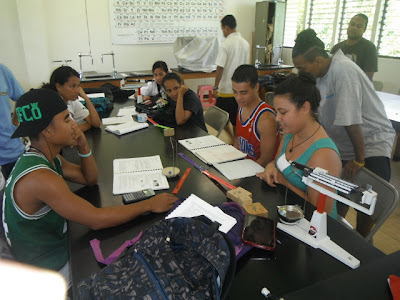When the mode is not the mode

When a number appears more than once in a list and there is a multi-way tie at that frequency, the mode function in spreadsheets malfunctions and produces an answer when the answer should be "no mode." There is no single mode. For as long as I have used spreadsheets, spreadsheet software will always pick a number from the multi-way tie and report that number as the mode. This would not necessarily be problematic, however different spreadsheets produce different results. In a Lubuntu 11.04 Natty Narwhal equipped computer laboratory, the students have access to and are free to choose from LibreOffice.org Calc , Gnumeric , or Google Docs . Given the data 2000, 640, 256, 128, 128, 1000, 512, 512, 384, 256; LibreOffice.org chooses 128 regardless of the sort order. Google Docs chooses 512 regardless of the sort order. And Gnumeric chooses a member of the tie that changes with the sort order. Note that technically all of the spreadsheets cited are incorrect. The correct ...






